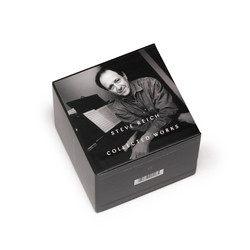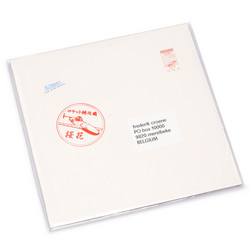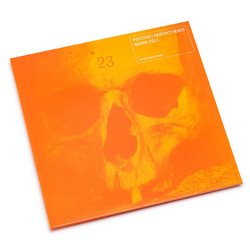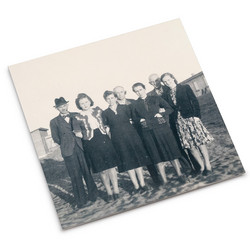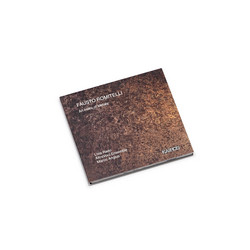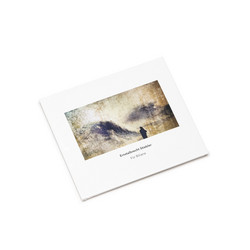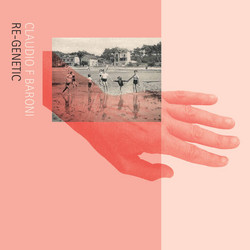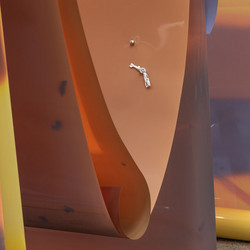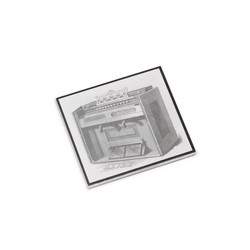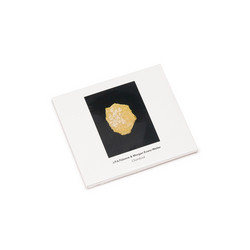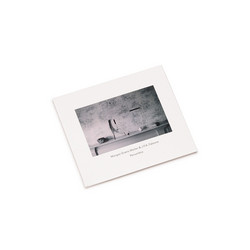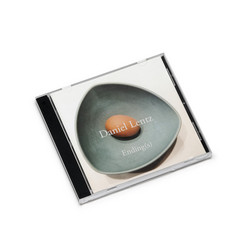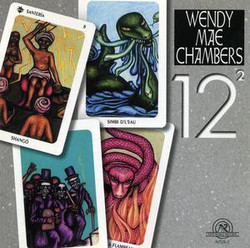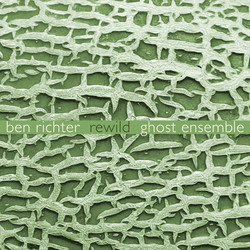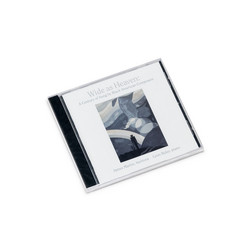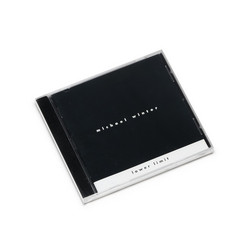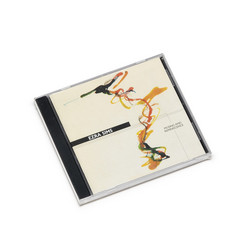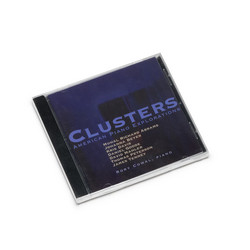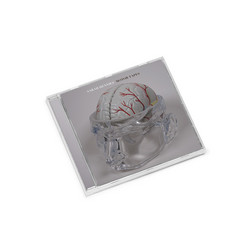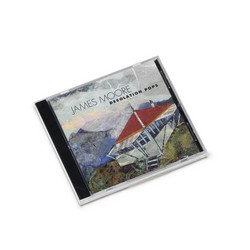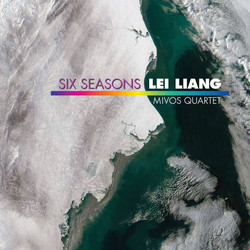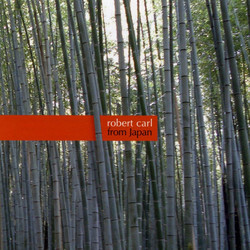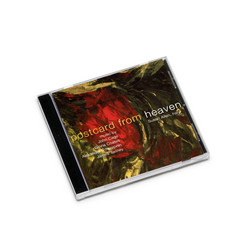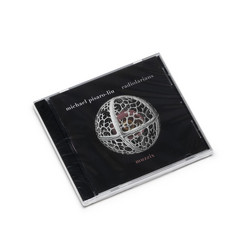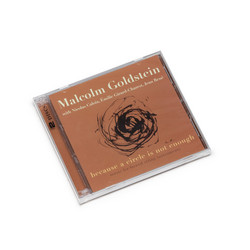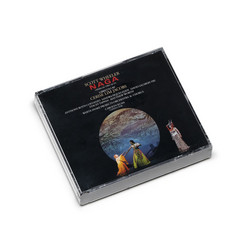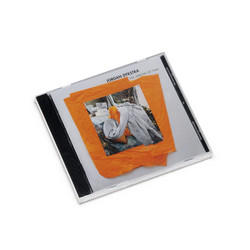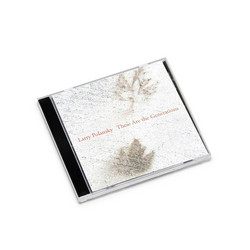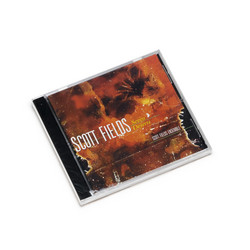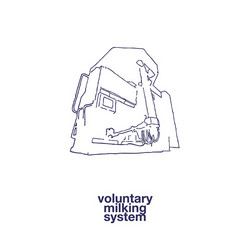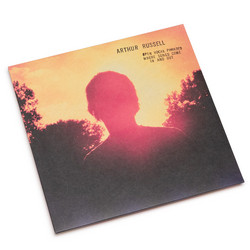In 1968, Steve Reich coined the term Process Music to describe compositional designs that resemble “pulling back a swing, releasing it, and observing it gradually come to rest,” explaining that “once the musical process is set up and loaded it runs by itself.” In the mid-1970s, Brian Eno began using the expression Ambient Music to refer to atmospheric compositions that “must be able to accommodate many levels of listening attention without enforcing one in particular,” music that “must be as ignorable as it is interesting.”
A half century later, the music of James Peter Alfonse Falzone (b. 1986) might initially be viewed through a Process/Ambient stereoscopic lens, but the five works collected here certainly do not run by themselves, and they are anything but ignorable. Composed between 2017 and 2023, these compositions—each possessing its own bespoke generative system—provide a listener with immersive sonic environments that are beautiful and engaging upon first hearing, but also offer significant intellectual reward to those who choose to listen closer and dig deeper. Attentive engagement with these works reveals complex worlds filled with beautiful contradictions: the music is discernably mechanized, but never obvious or predictable; the overall aesthetic is highly experimental, but the resulting sounds feel organic and natural; these pieces are distinctly cerebral, but often feel instinctual. One hears little if any of the jazzy diatonic bounce common to many compositions of Reich, and there is only occasional and far-removed resemblance to Eno’s characteristic pandiatonic harmonic clouds.
A listener is in fact far more likely to be reminded of the highly-patterned rhythmic and harmonic designs of Olivier Messiaen, or—going back a few centuries—the intricate clockwork constructions of Johannes Ockeghem. It is perhaps not insignificant that both Messiaen and Ockeghem frequently performed in churches, where stone surfaces and cavernous spaces allow sounds to ring and intermingle in a warm glow. Falzone, whose instrumental training includes pipe organ, often favors similarly reverberant sonic environments, where atmospheres of echo and reflection are created through the use of bell-like percussion instruments, resonant timbres, and long note-values.


